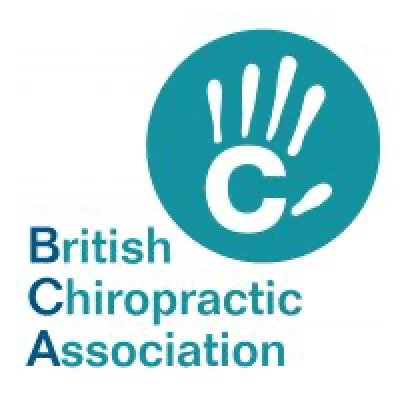Rehabilitation of Lower Limb Injuries
Lower limb injuries and conditions can significantly impact an individuals mobility and quality of life. Pilates is a low-impact exercise method that has gained recognition as an effective rehabilitation tool. There are numerous benefits that pilates offers in the realm of lower limb rehab, so keep reading to find out!
Improved Core Stability
Pilates places a strong emphasis on core strength and stability. This makes it an ideal exercise method for lower limb rehabilitation. Strengthening the core muscles helps to create a solid foundation for the lower limbs. As a result, this reduces the risk of injury and promotes better balance!
By engaging the deep abdominal muscles, and the muscles around the pelvis, pilates encourages proper alignment and posture. In turn, this relieves any strain on the lower limbs and promotes overall stability.
Enhanced Flexibility and Range of Motion
Lower limb injuries often result in stiffness and limited range of motion. Exercises that involve controlled and dynamic movements, can help improve flexibility and range of motion. The stretching and lengthening actions performed during pilates sessions target specific muscle groups, tendons, and ligaments to promote improved joint mobility.
By gradually increasing the flexibility of the lower limbs, pilates aids in reducing pain, preventing future injuries, and facilitating a smoother recovery process.
Increased Strength and Muscular Endurance
Pilates is known for its ability to target and strengthen specific muscle groups. Exercises focus on building muscular strength – particularly in the legs, hips, and glutes.
By progressively challenging these muscles, pilates can help to restore muscle tone, stability, and balance. Increased strength not only supports the lower limbs during everyday activities, but also aids in preventing future injuries!
Improved Neuromuscular Control
Lower limb rehabilitation often requires restoring the connection between the brain and the muscles. This is known as neuromuscular control.
Pilates exercises involve precise and controlled movements, promoting enhanced coordination and proprioception.
Actively engaging the lower limb muscles, while maintaining proper alignment, improves the ability to control and execute movements with more precision and efficiency. Improved neuromuscular control translates to better balance, reduced risk of falls, and improved functional movement in daily life.
Holistic Approach to Rehabilitation
Pilates takes a holistic approach to rehabilitation. It considers the body as a whole, rather than focusing solely on the injured area. By addressing the underlying imbalances and weaknesses that contribute to lower limb conditions, overall body alignment, stability, and function can be restored.
Additionally, the mind-body connection gained from pilates promotes mindfulness and stress reduction. This therefore enhances overall well-being and guides you to the path of recovery.
Pilates offers a wide range of benefits for lower limb rehabilitation. For instance, this includes:
Improved core stability
Enhanced flexibility and range of motion
Increased strength and muscular endurance
Improved neuromuscular control
A holistic approach to recovery
Incorporating Pilates into a comprehensive rehabilitation program can greatly assist individuals in regaining optimal lower limb function and enhancing their overall quality of life.
As an APPI Certified Matwork Pilates Instructor, I teach Pilates in classes and in a 1:1 setting – so there is something for everyone!
If you are ready to start your recovery journey and would like some help rehabilitating your lower limbs, get in touch today.


























